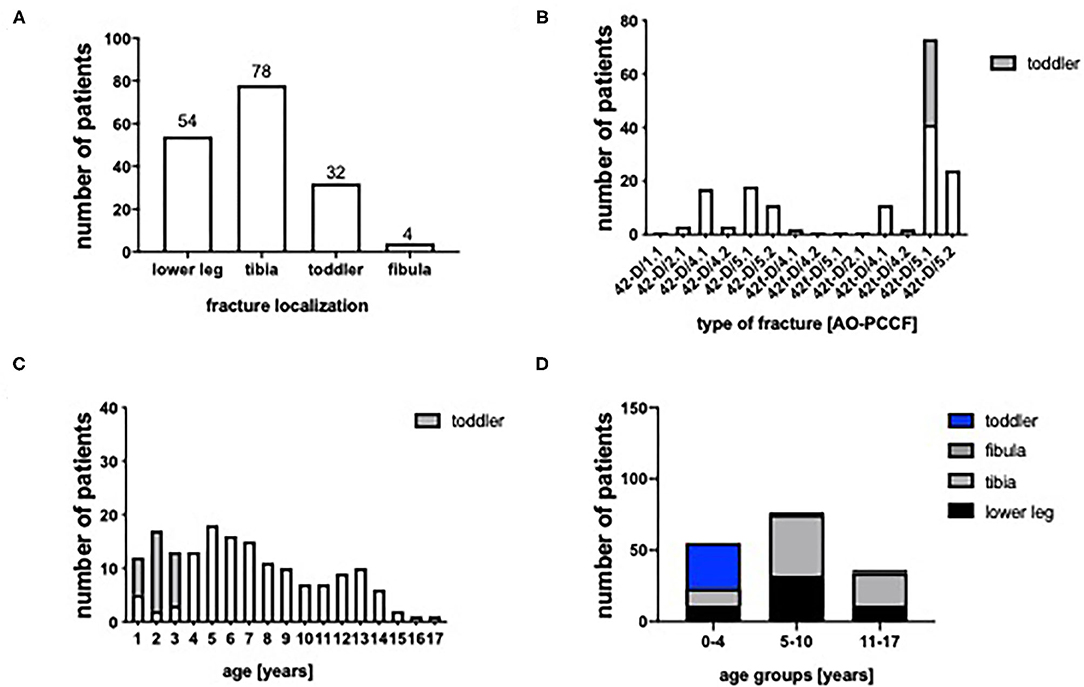Long Bone Fractures: A Comprehensive Overview
페이지 정보
작성자 … 작성일 24-11-10 16:00 조회 3 댓글 0본문
 Long bones, as their name suggests, are elongated bones found in the limbs. They play a crucial role in providing structural support, enabling movement, and producing blood cells. When these bones break, it's known as a long bone fracture. This condition can be caused by various factors, including trauma, underlying medical conditions, and overuse. Understanding the types, causes, symptoms, and treatment options for long bone fractures is essential for timely diagnosis and effective management.
Long bones, as their name suggests, are elongated bones found in the limbs. They play a crucial role in providing structural support, enabling movement, and producing blood cells. When these bones break, it's known as a long bone fracture. This condition can be caused by various factors, including trauma, underlying medical conditions, and overuse. Understanding the types, causes, symptoms, and treatment options for long bone fractures is essential for timely diagnosis and effective management.Types of Long Bone Fractures
Long bone fractures can be categorized based on their severity and the nature of the break. Some common types include:
Simple fracture: A clean break in the bone without any displacement or tearing of the surrounding tissues.
Compound fracture: A fracture where the broken bone ends penetrate the skin, increasing the risk of infection.
Comminuted fracture: A fracture where the bone is broken into multiple pieces.
Oblique fracture: A diagonal break across the bone.
Spiral fracture: A fracture that winds around the bone like a spiral.
Greenstick fracture: A fracture in which the bone bends but does not break completely, often seen in children.
Causes of Long Bone Fractures
Long bone fractures can occur due to a variety of factors, including:
Trauma: Accidents, falls, sports injuries, and long bone fractures violent acts are common causes of long bone fractures.
Pathological fractures: These occur in bones weakened by underlying medical conditions such as osteoporosis, bone cancer, or infections.
Overuse injuries: Repetitive stress on long bones can lead to fractures in athletes or individuals engaged in physically demanding activities.
Symptoms of Long Bone Fractures
The symptoms of a long bone fracture can vary depending on the location and severity of the injury. Common symptoms include:
Pain: Severe pain at the site of the fracture.
Swelling: long bone fractures Swelling and bruising around the injured area.
Deformity: The affected limb may appear bent or misshapen.
Loss of function: Difficulty moving the injured limb.
Tenderness: Pain when the area is touched.
Crepitus: A grating or crackling sensation felt or heard at the fracture site.
Treatment of Long Bone Fractures
The treatment for long bone fractures depends on the type of fracture, the location of the injury, and the patient's overall health. Common treatment options include:
Immobilization: Using casts, splints, or braces to immobilize the broken bone and allow it to heal.
Reduction: Manually aligning the broken bone fragments into their correct position.
Open reduction internal fixation (ORIF): A surgical procedure to repair the fracture using metal plates, screws, or rods.
External fixation: A device that is placed outside the body to stabilize the fracture.
Medication: Pain relievers and anti-inflammatory medications may be prescribed to manage pain and swelling.
Physical therapy: Rehabilitation exercises to restore strength, range of motion, and function to the injured limb.
Long bone fractures can be a serious injury that requires prompt medical attention. Understanding the types, causes, symptoms, and treatment options for these fractures is crucial for early diagnosis and effective management. By seeking appropriate medical care and following the prescribed treatment plan, individuals with long bone fractures can recover and regain normal function.
댓글목록 0
등록된 댓글이 없습니다.

